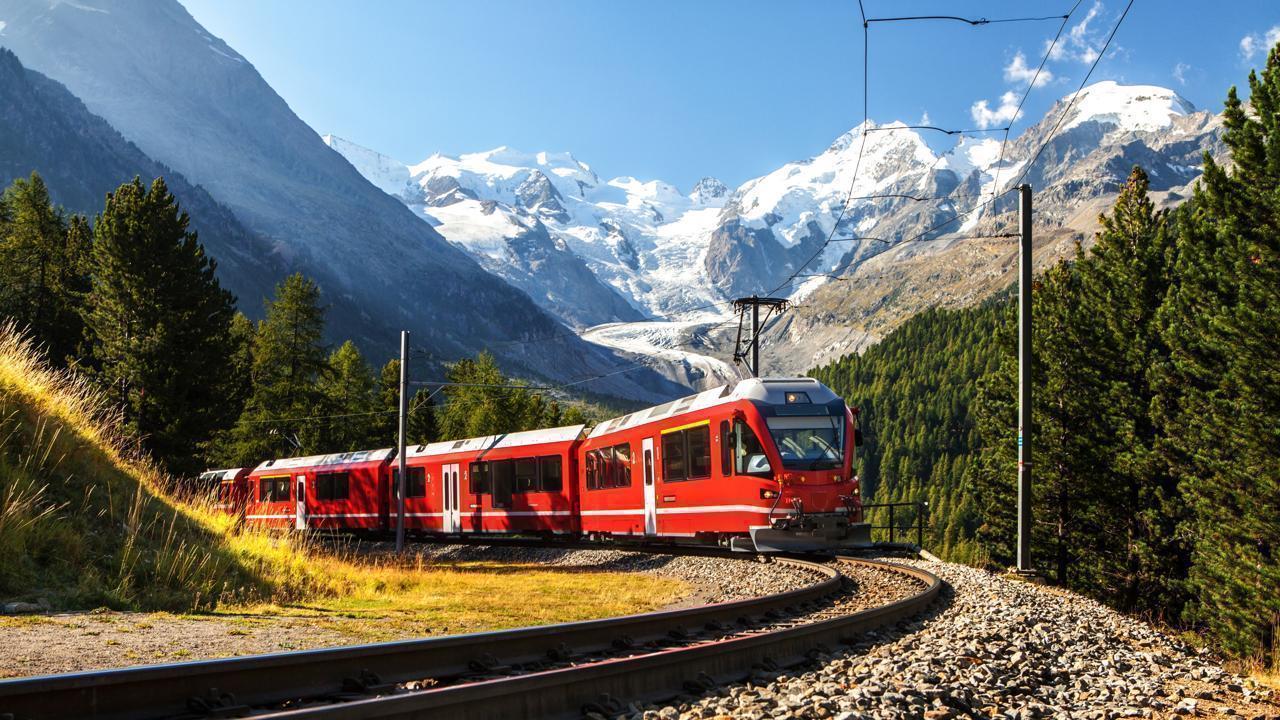
Post by : Amit
Mexico’s Rail Comeback Gains Speed
Mexico is laying the groundwork for its most ambitious passenger rail expansion in decades, with the federal government signaling strong support for new lines, modernized infrastructure, and private investment partnerships. Officials in Mexico City say the effort reflects a broader strategy to boost mobility, cut carbon emissions, and strengthen regional trade links.
The revival marks a turning point for a country that largely dismantled its intercity passenger rail services in the 1990s, shifting focus toward freight and highway development. Now, with urban congestion rising and environmental targets looming, policymakers are embracing rail as a critical tool for sustainable growth.
Government Signals Long‑Term Commitment
Mexico’s Ministry of Infrastructure, Communications, and Transport (SICT) has confirmed that passenger rail will receive priority in the country’s national mobility plan through 2030. In public statements, President Andrés Manuel López Obrador (AMLO) has called rail “a backbone of equitable development,” pointing to new projects already under construction, including the flagship Tren Maya in the Yucatán Peninsula.
Officials say future investment will extend beyond flagship projects to connect major industrial corridors and medium‑sized cities, helping reduce travel times and strengthen Mexico’s domestic market.
“This is more than a transport policy — it’s an industrial strategy,” said a senior SICT planner. “Modern rail links will not only move people faster but also stimulate regional economies, reduce highway congestion, and attract private capital.”
Why Rail Is Back on the Agenda
Mexico’s passenger rail network collapsed in the late 20th century due to declining ridership and underinvestment. When the state‑run Ferrocarriles Nacionales de México was privatized in 1995, freight operations thrived under private concessionaires, but passenger services were almost entirely abandoned.
Today, Mexico faces a different reality. Explosive growth in cities such as Monterrey, Guadalajara, and Querétaro has created demand for faster, cleaner transport alternatives. Highways are congested, air routes are overburdened, and carbon emissions continue to rise.
“Mexico’s economic geography is shifting,” explained Dr. Javier Ordóñez, a transportation economist at the National Autonomous University of Mexico. “The country needs high‑capacity passenger corridors to connect labor markets and industrial clusters — rail is the logical solution.”
Projects Driving the Revival
The government’s current passenger rail push is anchored by several high‑profile initiatives. The Tren Maya, a 1,554‑km line designed to boost tourism and development in southern Mexico, is already under phased operation. Another flagship, the Interoceanic Corridor of the Isthmus of Tehuantepec, is intended to link Pacific and Gulf coasts, with passenger trains planned alongside freight services.
Further north, studies are underway for new intercity routes between Mexico City and major regional centers, including Monterrey, Querétaro, and Guadalajara. Industry insiders believe these corridors could be developed as high‑speed or higher‑speed lines using public‑private partnerships (PPPs).
“Mexico is now thinking in terms of integrated rail networks, not just isolated lines,” Ordóñez said. “That’s a fundamental shift.”
Role of Private Investment
The government has openly invited private participation to accelerate rail development. By offering long‑term concessions and revenue‑sharing models, officials hope to attract domestic and international operators with experience in high‑speed and urban rail systems.
Spanish, French, and Chinese rail companies have already expressed interest, according to local media reports. Domestic conglomerates in construction and energy are also exploring joint ventures to finance rolling stock and infrastructure upgrades.
“Mexico can’t carry this investment alone,” said Ordóñez. “Private capital will be critical, but it has to come with clear rules, fair tariffs, and regulatory certainty.”
Technology and Standards
A major focus of Mexico’s passenger rail revival is ensuring modern technology and interoperability across new lines. Planners are looking at adopting European Train Control System (ETCS) standards and investing in electrification to reduce dependence on diesel.
Hitachi, Alstom, and Siemens have all shown interest in supplying signalling and rolling stock, with preliminary talks pointing toward a competitive procurement environment. Local manufacturing of components, such as track systems and carbody shells, could also play a role, aligning with Mexico’s industrial policy goals.
“Building a modern network from scratch allows Mexico to leapfrog older technologies,” said a senior official at the National Rail Agency. “We can design for high efficiency, high safety, and long‑term cost savings.”
Political Backing and Public Perception
President López Obrador has staked significant political capital on reviving rail transport, framing it as a national project rather than a partisan initiative. Public opinion appears largely supportive, especially in regions where new lines promise economic revitalization.
However, some critics warn that major projects could face delays and cost overruns if governance is not strengthened. The Tren Maya, for example, has been criticized for environmental impacts and rushed construction schedules. “Public support is strong, but transparency will determine success,” said Ordóñez.
International Context and Trade Links
Mexico’s push for modern passenger rail also has a trade dimension. With the United States and Canada linked through the USMCA trade agreement, improved domestic transport can make Mexico more competitive as a manufacturing hub. Faster passenger services free up capacity on freight lines and help connect industrial clusters to ports and border crossings.
“Efficient passenger corridors complement freight logistics by reducing pressure on highways and airports,” said a logistics expert from the Mexican Business Council. “This is good for both trade and tourism.”
Challenges on the Horizon
Despite momentum, Mexico’s rail revival faces significant hurdles. Land acquisition remains politically sensitive, environmental reviews are rigorous, and coordinating federal, state, and local agencies is complex. Funding large‑scale projects without overburdening public finances will require careful planning.
There is also the question of long‑term operating subsidies. High‑speed rail systems worldwide rarely cover full costs through fares alone, requiring public support to remain viable. “Mexico must be honest about operating costs and plan accordingly,” Ordóñez cautioned.
Signs of Progress
Even with these challenges, early results suggest real movement. Construction on several corridors is advancing, feasibility studies are being funded, and international suppliers are actively courting Mexican partners. Passenger rail has returned to political and economic conversations in a way unseen for decades.
Recent reports indicate that a national rail blueprint will be released later this year, setting out timelines, financing options, and technical standards for a phased expansion through 2030. Officials say the document will clarify how the network will integrate with freight concessions and urban transit systems.
Mexico’s passenger rail revival is no longer just an aspiration — it is becoming policy. With federal backing, private investment interest, and growing demand from citizens and industry alike, momentum is building for a long‑overdue transformation of the country’s transport landscape.
Whether through high‑speed corridors linking industrial hubs or modern regional lines feeding Mexico City’s metropolitan network, the new approach treats rail as a driver of national development rather than a relic of the past.
As one senior planner put it: “For decades, Mexico looked to highways and airplanes as symbols of progress. Now we see rail as the backbone of a cleaner, more connected future.”
If Mexico sustains this political will and pairs it with transparent management, its rail revival could redefine mobility across Latin America — delivering faster journeys, stronger regional economies, and a modernized national identity built on steel rails.
Mexico, Passenger Rail, Railways
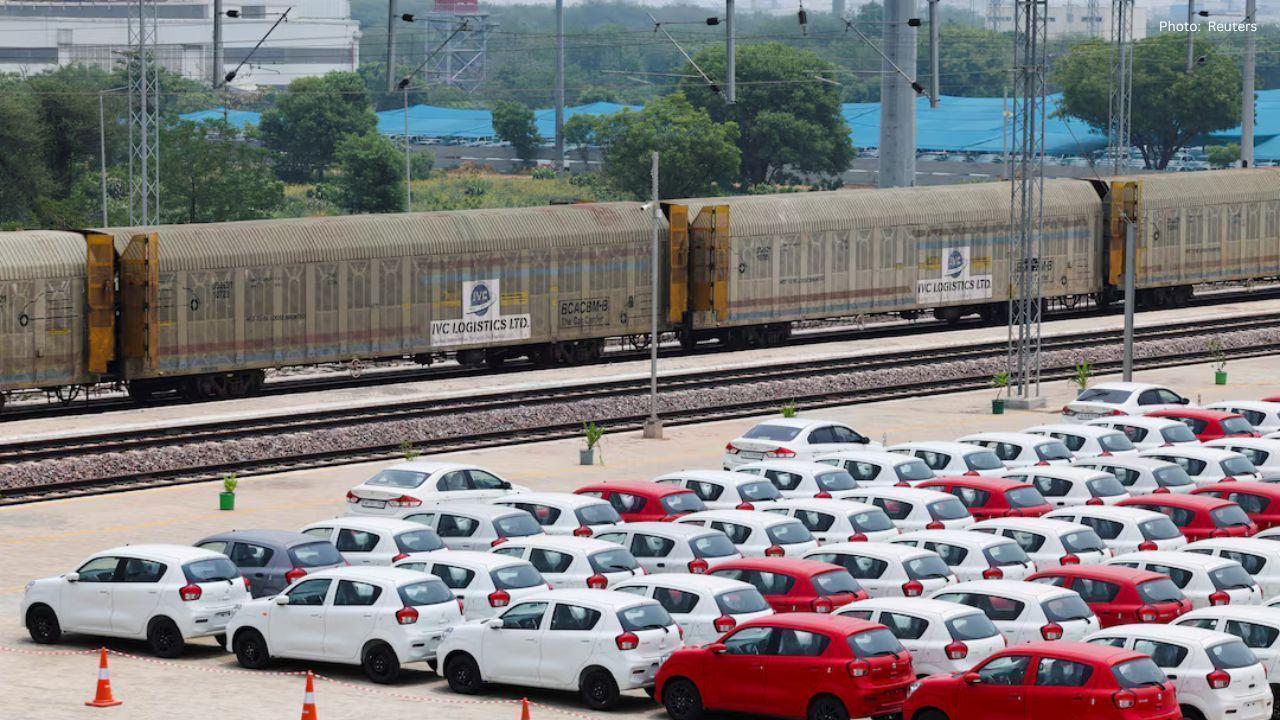
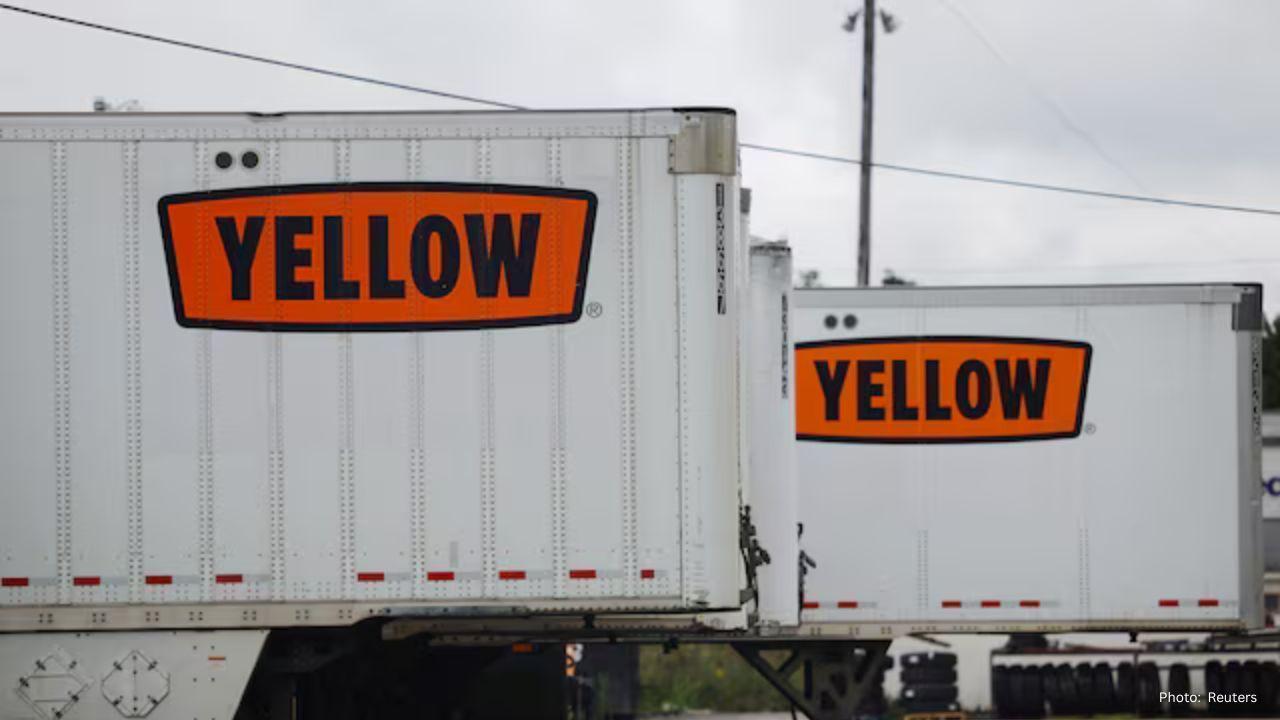
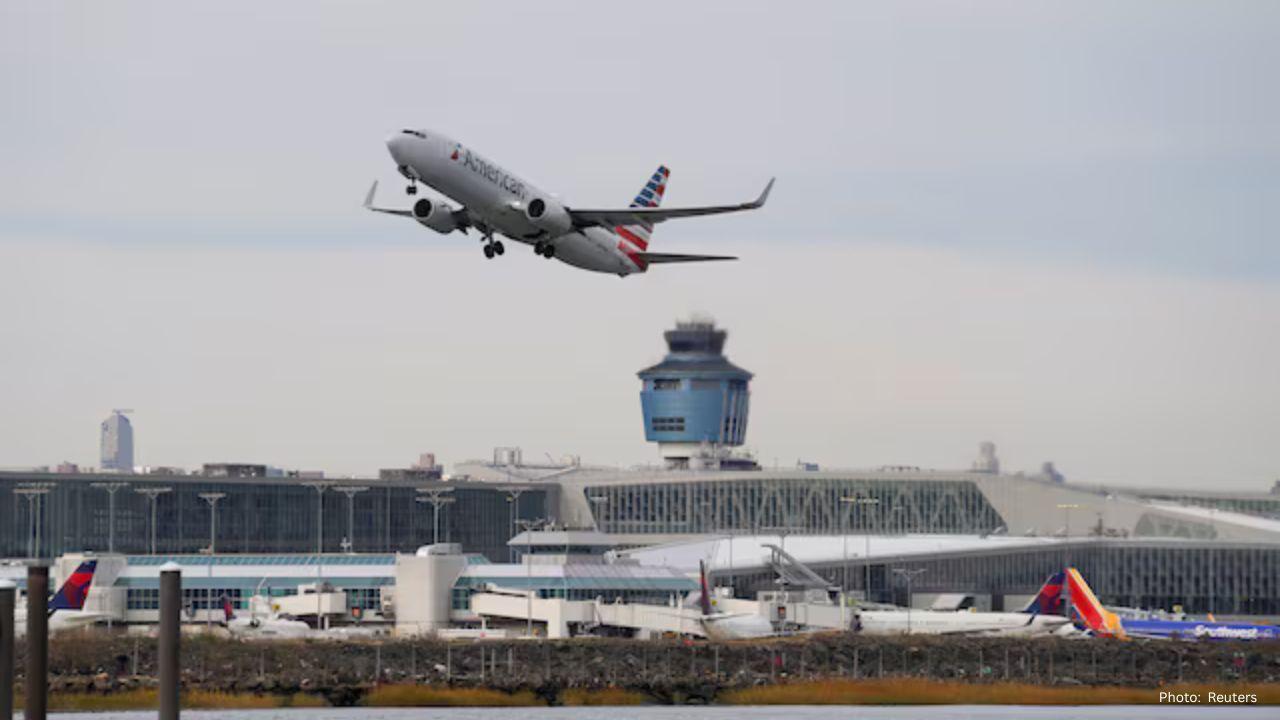
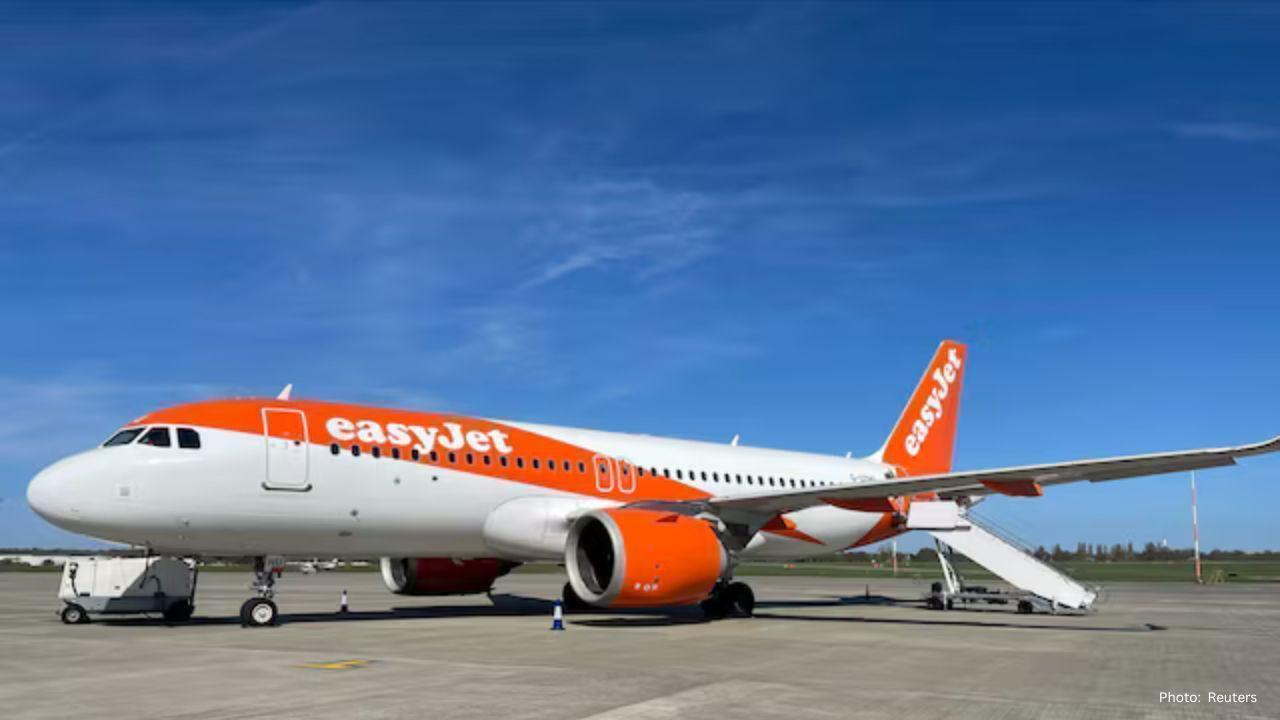


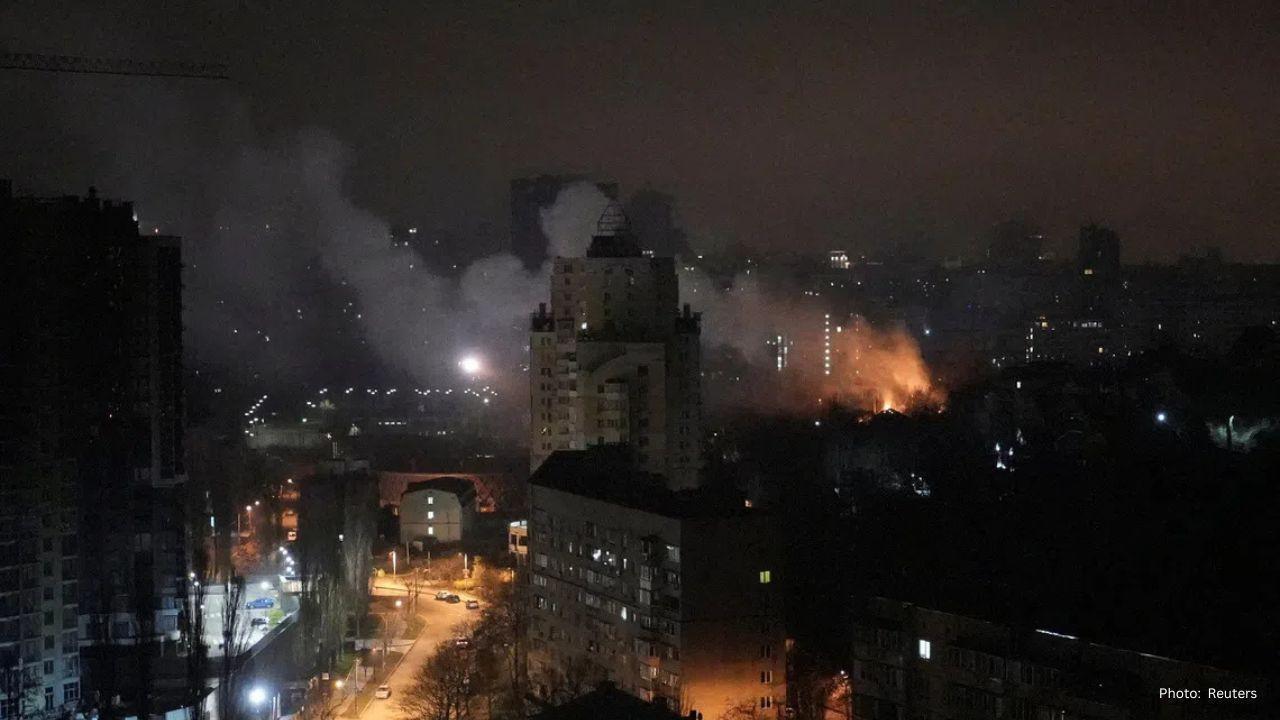
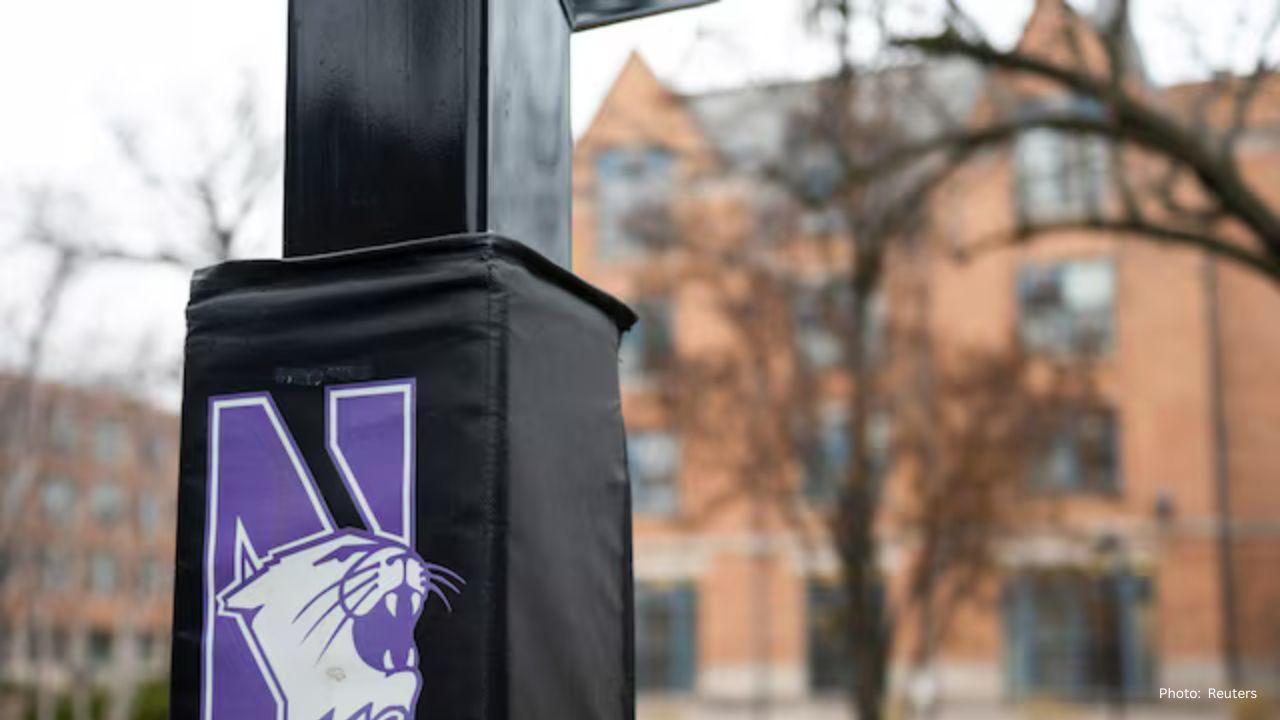
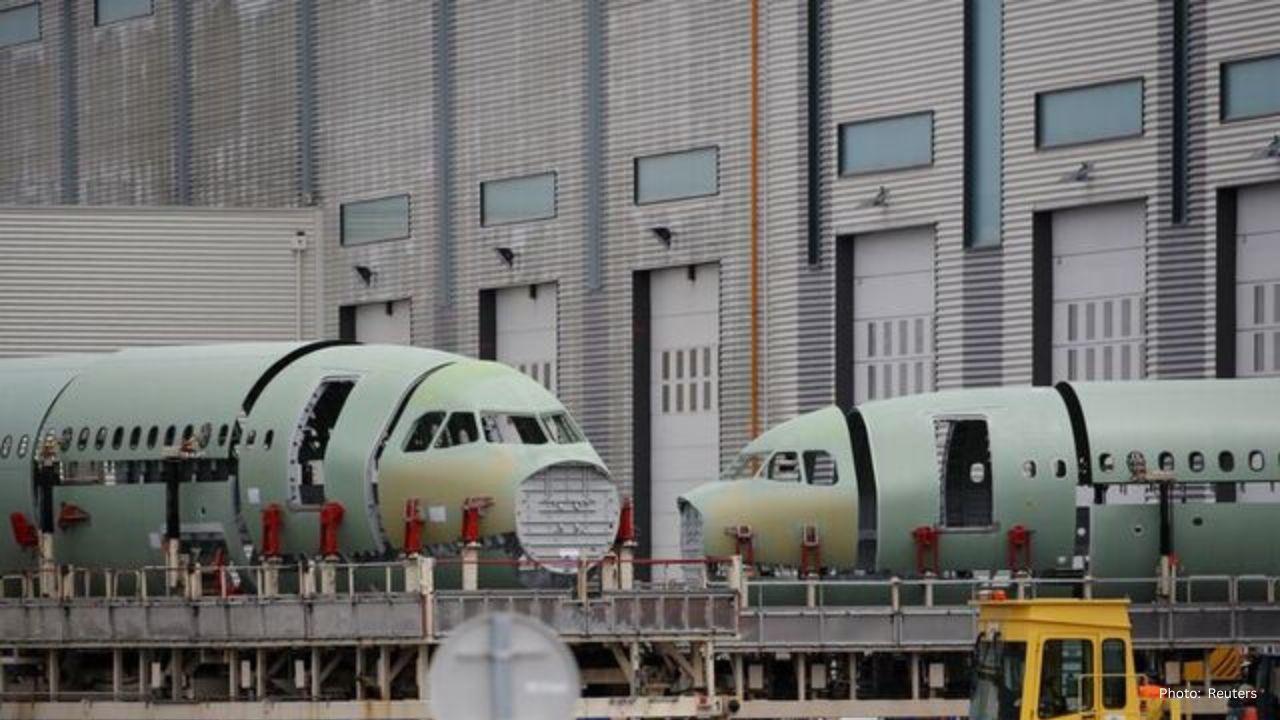
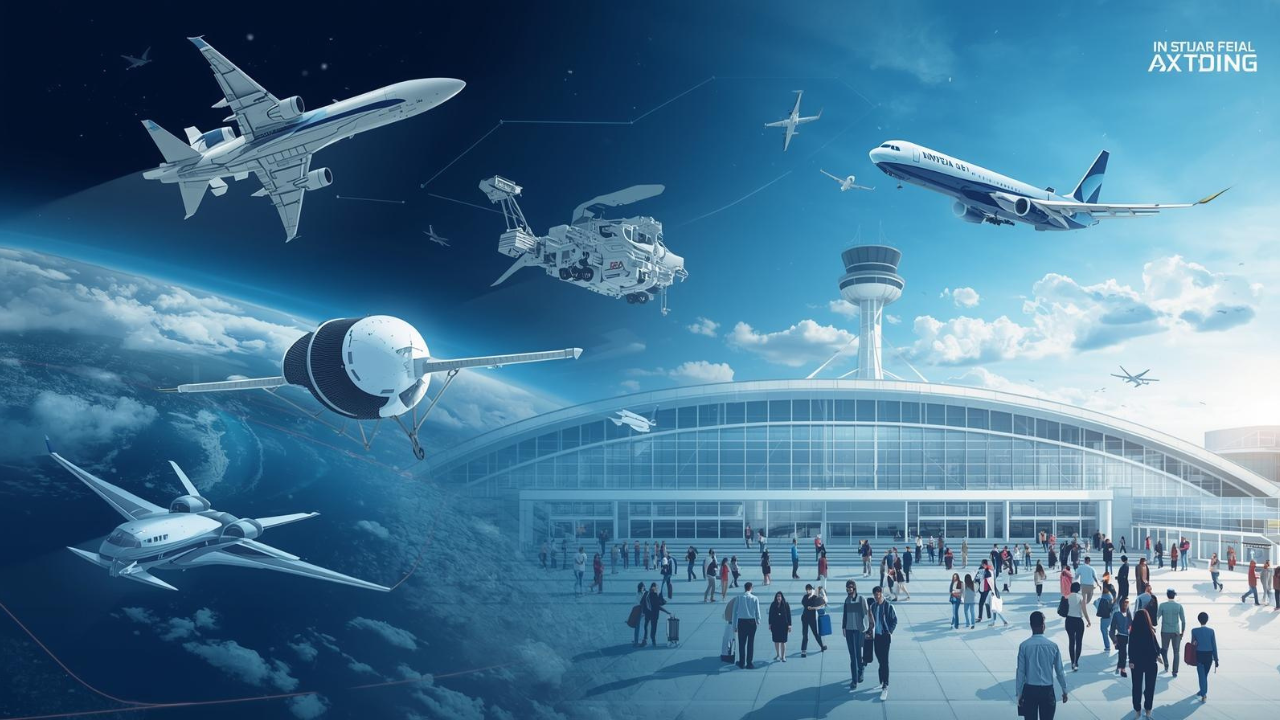
Advances in Aerospace Technology and Commercial Aviation Recovery
Insights into breakthrough aerospace technologies and commercial aviation’s recovery amid 2025 chall
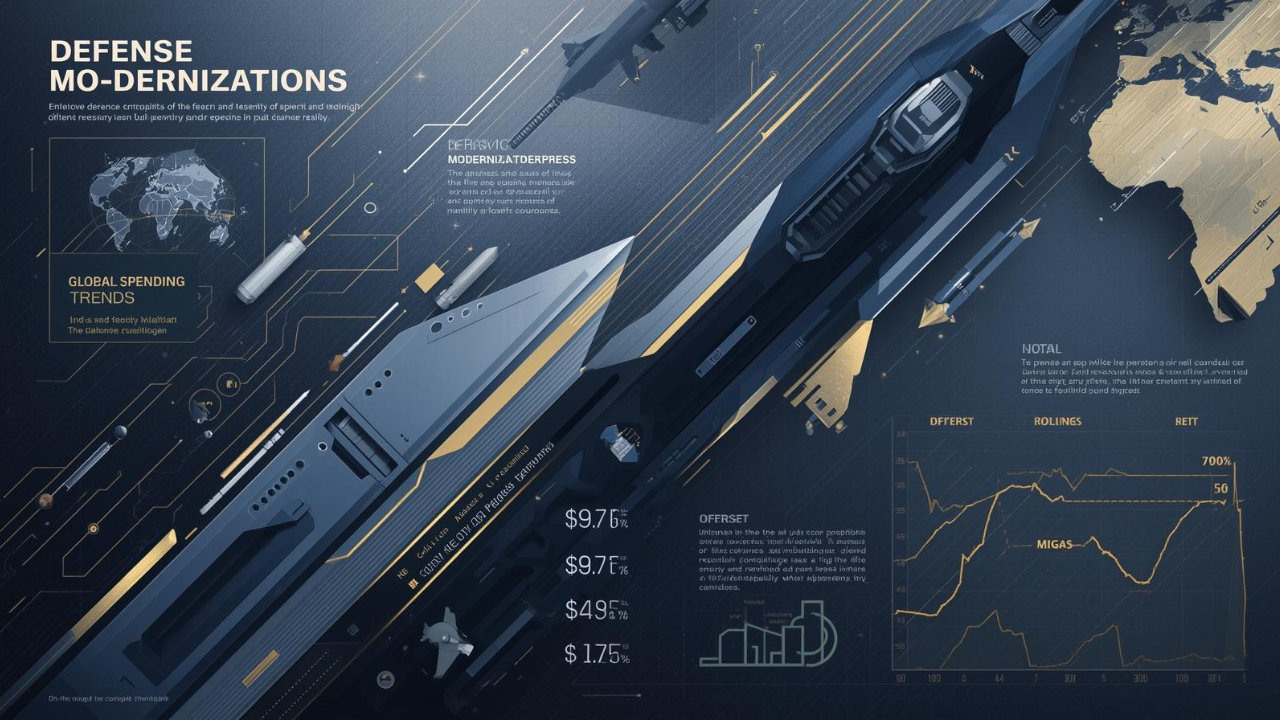
Defense Modernization and Strategic Spending Trends
Explore key trends in global defense modernization and strategic military spending shaping 2025 secu

Tens of Thousands Protest in Serbia on Anniversary of Deadly Roof Collapse
Tens of thousands in Novi Sad mark a year since a deadly station roof collapse that killed 16, prote
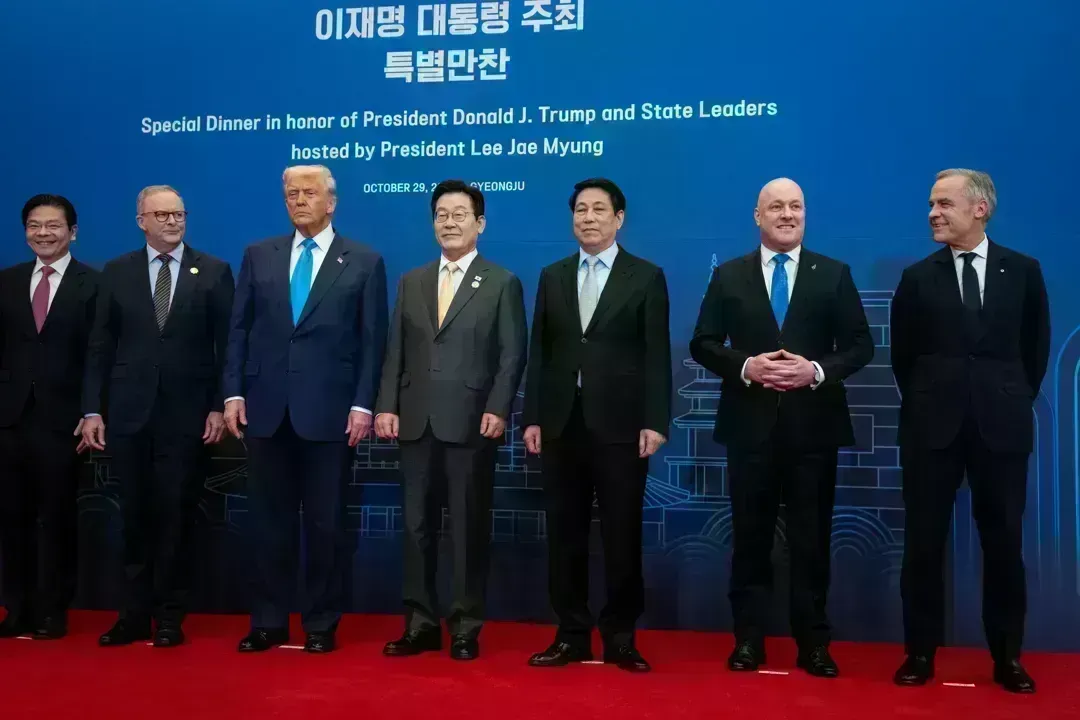
Canada PM Carney Apologizes to Trump Over Controversial Reagan Anti-Tariff Ad
Canadian PM Mark Carney apologized to President Trump over an Ontario anti-tariff ad quoting Reagan,

The ad that stirred a hornets nest, and made Canadian PM Carney say sorry to Trump
Canadian PM Mark Carney apologizes to US President Trump after a tariff-related ad causes diplomatic

Bengaluru-Mumbai Superfast Train Approved After 30-Year Wait
Railways approves new superfast train connecting Bengaluru and Mumbai, ending a 30-year demand, easi